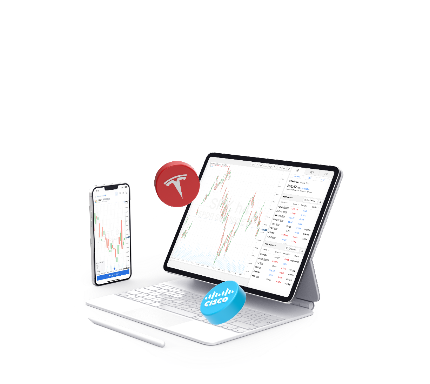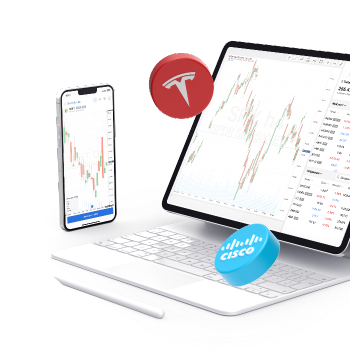What is Economic Calendar and What do We Need It For?

4 minutes for reading
What is the economic calendar?
The economic calendar has long stopped being some sort of a secret; one does not have to be a “pro” economist or trader to use it. Presently, this calendar is yet another instrument for market analysis. Or let us put it different: it is not only an instrument but also a set of signals, indicators that can tell a lot about a certain branch of world economy as well as predict the market reaction to such publications. If you divide the publications in the calendar into different categories (described below), the market reactions and fluctuations will become even more obvious.
The importance of events in the economic calendar
The economic calendar is considered to reflect various news, statistics data and all important events in the economies of the world leading countries. Obviously, the most important statistics would be that of the world biggest economies as they are the real news-makers. Among such economies there are the US, the euro area, Japan, Australia, Canada etc. All data on the economic calendar have different importance and influence on the market. The following levels of importance can be singled out:

- Weak influence.
News or statistics from this category has almost no influence on the market after the publication. However, if the market is not expecting any major news, minor fluctuations might be seen. - Moderate influence.
In certain circumstances such news may affect the currency dynamics. However, there might be no reaction if there are some major events on the horizon. Nonetheless, several moderate influences, released at the same time, are considered to give some dynamics to currency pairs. - Strong influence.
This news, even released one by one, seriously affects currency dynamics. All together it sometimes changes the trend of certain instruments. This category is comprised of such major economic event as meetings of Central banks and their decisions upon interest rates, speeches of heads of Central banks, statistics of key world GDPs, Nonfarm Payrolls (the number of new workplaces in the non-agricultural branches of the US economy) and some other.
- You can find more detailed information on the main economic indicators that have the greatest impact on changes in Forex rates in the post: Economic Indicators - The Basis for Forex Trading Strategy.
As a rule, traders pay most attention to strong influences. They hope that after the publication of such news there will be a significant market fluctuation and they will “sweep the deck”. For example, such is the case with the NonFarm Payrolls (NFP) data published on the first Friday of each month. This day used to be called “trader pay day” because if the numbers published differed a lot from the prognoses or from the previous data, rather strong and steep movements occur, which market players try to forecast and “catch”.

Ways of using economic calendar in trading
There are several ways of using the calendar in trading. For example, a trader studies the calendar before starting the day and closes his positions before the publication of moderate and strong influences. Normally, new positions do not open until the market reacts on the news. The reason is clear: high volatility of the market causes unpredictable movements, both downwards and upwards, even with price gaps. The reaction of the market usually lasts for 2 to 3 hours. Keeping this in mind proves good for a trader’s nerves and finance, especially for newcomers on the market.
Another way of using the calendar is trading in accordance with the news. It requires a historical analysis of market reactions to certain news. It might seem boring, time-consuming and difficult at the beginning but it is not. What is to be noticed is the statistics prior to the news and how the market or the price reacted to the publications. Also, the statistics of prior expectations is to be studied and taken into consideration (this data is almost always on the calendar). Sometimes observers make mistakes, and the numbers published are significantly different from those forecast. In such case the reaction of the market will be acute and strong. One may cast an even wider look upon the calendar: factual data of an important piece of news may hide in some indirect statistics published before and by itself having almost no influence upon the market. However, such publications are also hints for traders. In essence, the process described is fundamental analysis, though not as detailed as it is normally considered to be.
Conclusion
Using the economic calendar one may enhance their trading significantly. The most important thing to remember is that sometimes the market may behave in a totally unpredictable way. There are more than enough force majeure situations on the market, making traders alter their strategies.









